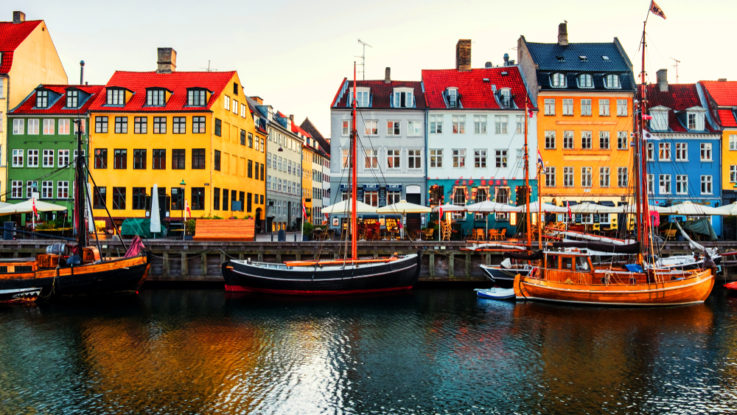
The Municipality of Aarhus in Denmark is using a unique robot arm device – the SeaProtectorOne – to collect garbage from its river. The project is part of the Aarhus Municipality’s Plastics Strategy 2020–2025. According to the Environmental Science journal, at least 90% of the plastic waste found floating around the oceans was deposited there via river systems.
“In the sea, waste is quickly dispersed and difficult to collect. Whereas the current in a river makes it possible to systematically filter waste in a limited area without disturbing fish and birds,” noted Peter Grønkjær, professor of marine biology at Aarhus University.
SeaProtectorOne – designed by All in On Green – is a mechanical arm that captures floating plastic and other waste from rivers before it can reach the oceans and do harm. It consists of a tower mounted on land that holds a collecting barrier equipped with a conveyor belt and a filter unit. The barrier automatically follows the water level so that the filter unit constantly filters the water for foreign objects. The filtration process occurs in an area from the water surface to 30 centimeters below, where studies have shown the highest amount of floating waste to gather. Integrated sensors are able to detect when the robot needs to be emptied of waste. When emptying, the filter unit is raised, and all the waste is deposited into a waste bin via a conveyor belt.
For safety, the system is equipped with thermal cameras that can detect approaching people or animals. If detected, the robot barrier rises up to allow free passage. The robot can be powered by built-in solar cells or by connecting it to the main grid.
Aarhus’ SeaProtectorOn unit collected a reported 63,000 bits of waste during its first year of operation. Plans are in place to continue to rent the device until February 2027.